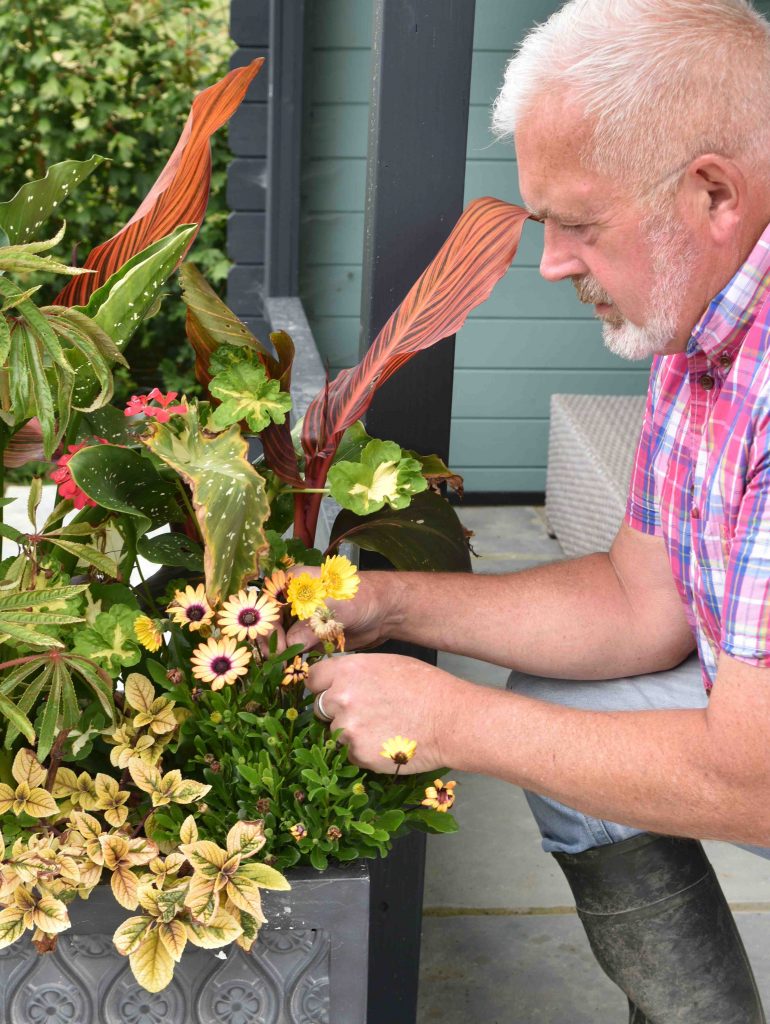…but there comes a point when most of the layout is more or less complete. Since I moved into the new house the past two years have been dominated by getting the structure of the garden complete and last week, with a delivery of stone for the drive, we more or less got it done. Of course there is some tweaking and new projects will emerge but I can now concentrate on ‘real’ gardening. The last and biggest projects were the ponds. They were dug several years ago when we had a mini-digger to connect pipes from the well to the house, but the biggest was only lined this spring. And then the paving, which arrived almost two years ago, could be laid. It was hardly the timescale of a TV garden makeover! But we are there now.
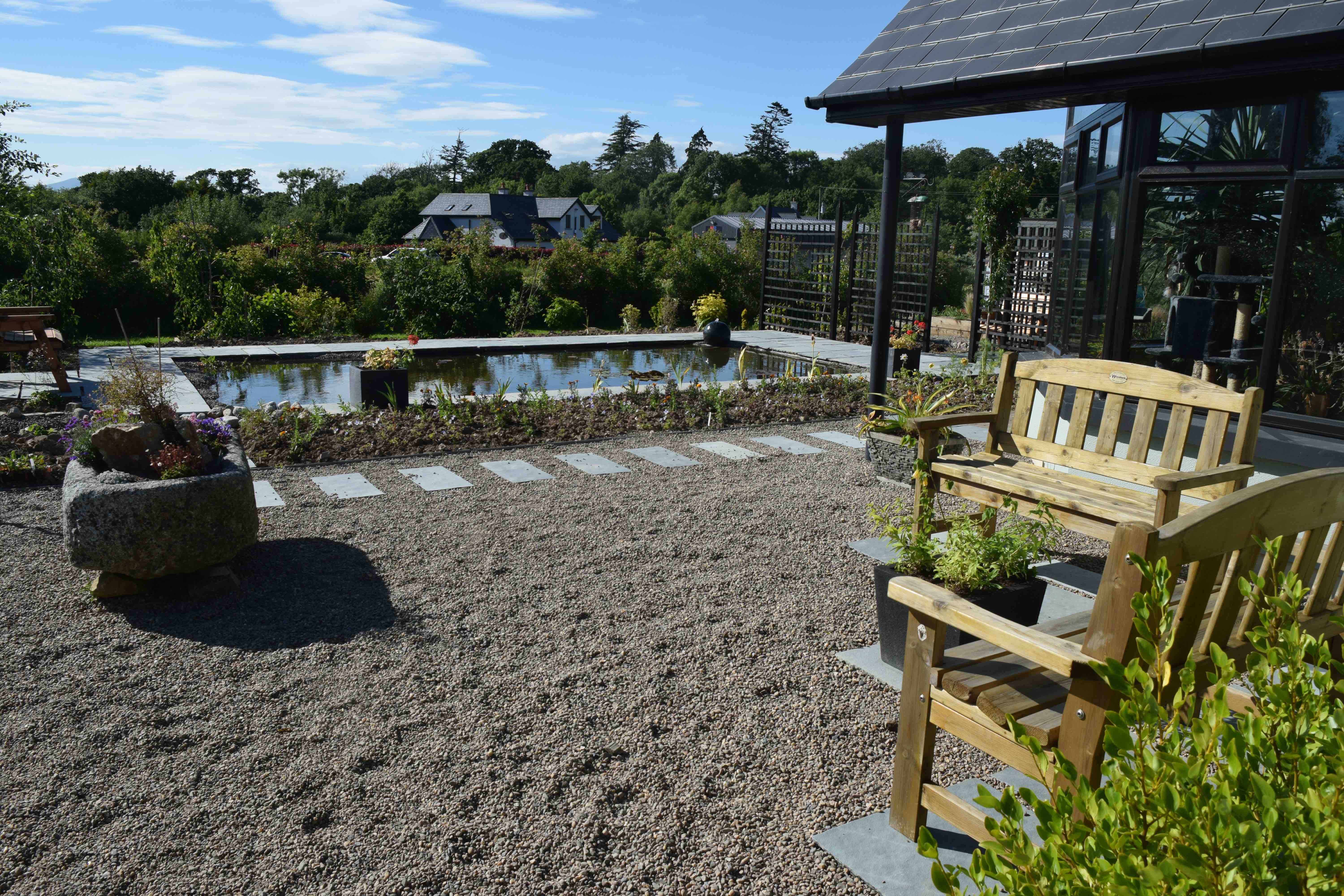
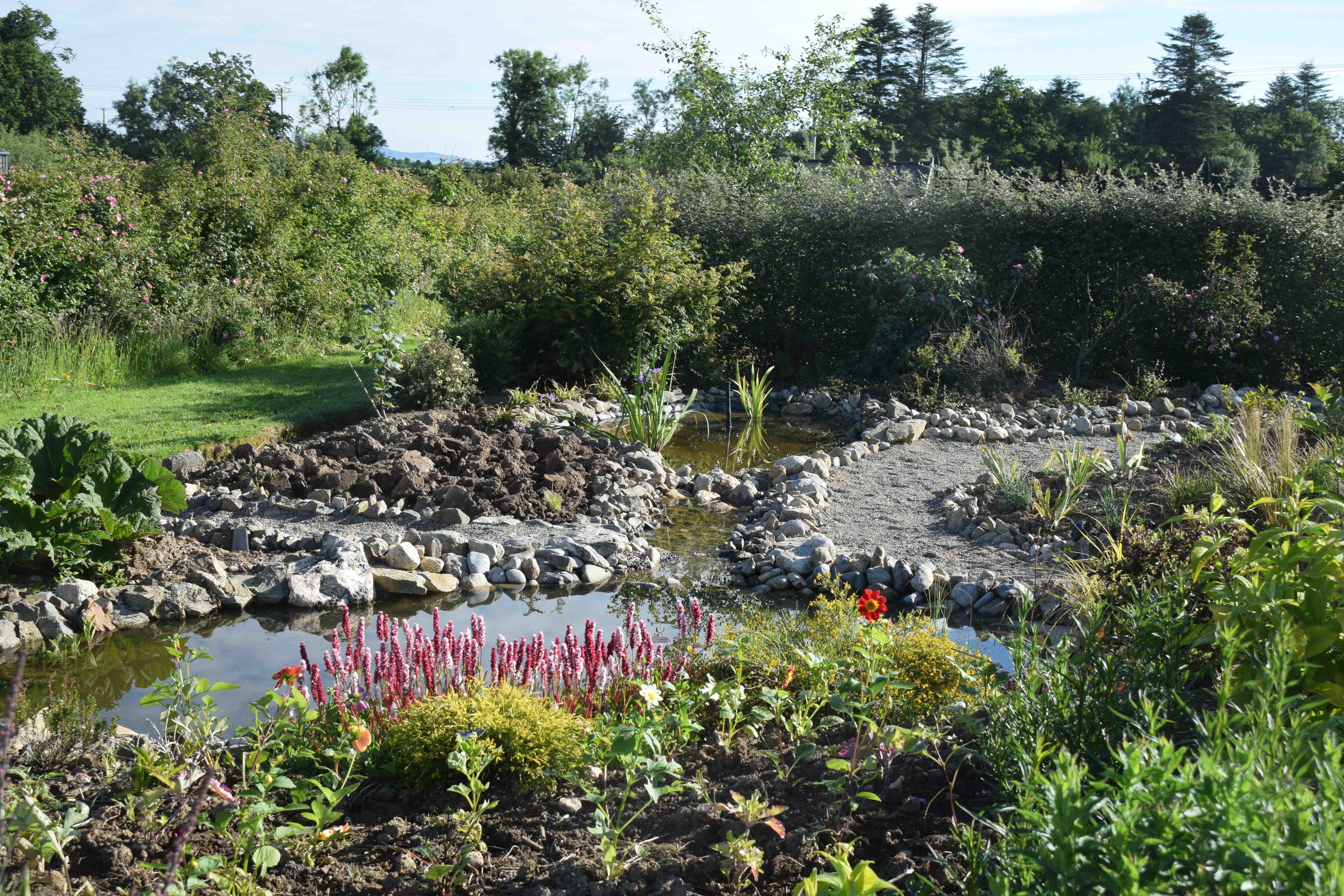
But even if you don’t have major projects to get completed, there is plenty to do in the garden. Recent weather has been hot and dry and lawn growth has slowed. Even though the grass may have grown slowly, weeds often continue to grow, especially clover, which tolerates drought. So do not stop mowing completely, just raise the height of cut. It is not really acceptable to water large areas of lawn but if you have a small patch that you want to keep looking green you can water and apply a liquid lawn fertiliser which will quickly green-up the lawn. You can use cooled bath water to water the lawn too but avoid using greasy washing up water.
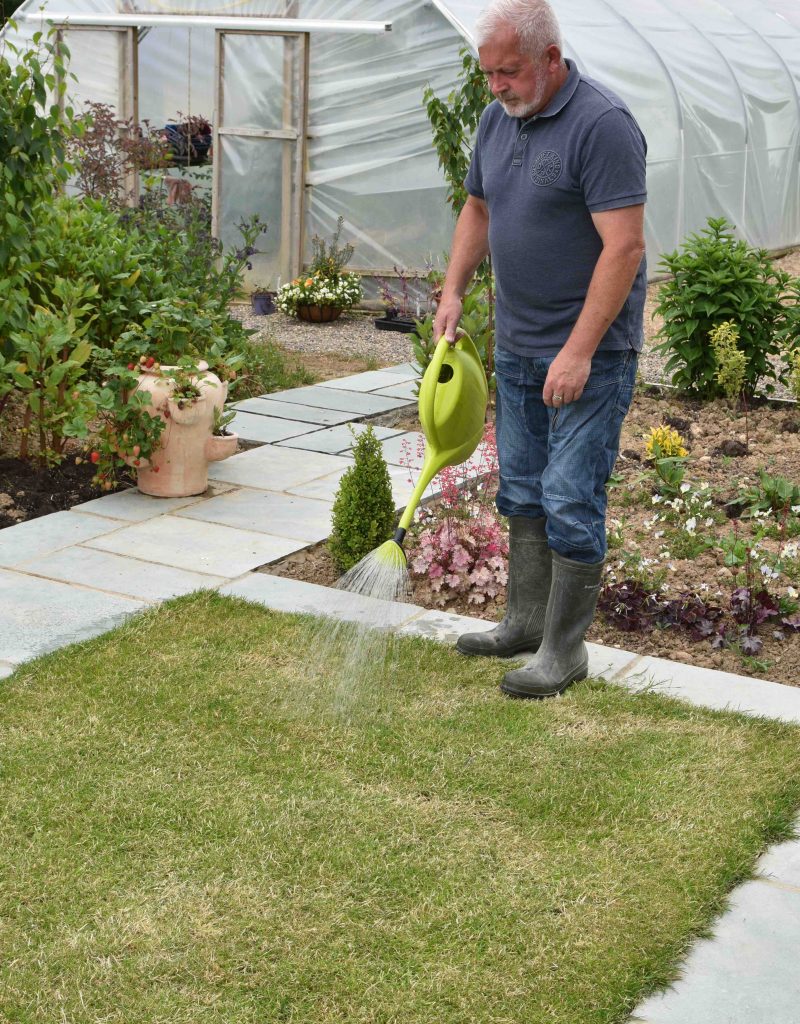
This is also the perfect time to take cuttings of erysimums, the perennial wallflowers that fill our gardens with colour in spring. These long-blooming plants are not very long-lived and they benefit from being propagated at least every two years or they get woody and straggly. Cuttings root quite easily. Select shoots that have flowered and near the base will be short side shoots that are removed as cuttings. Pull off the shoots with a downward pull so they are removed with a piece of the old ‘bark’. This is trimmed so it is about 5mm long and then the cuttings can be inserted into gritty compost to root and the young plants can be put into the garden in late summer.
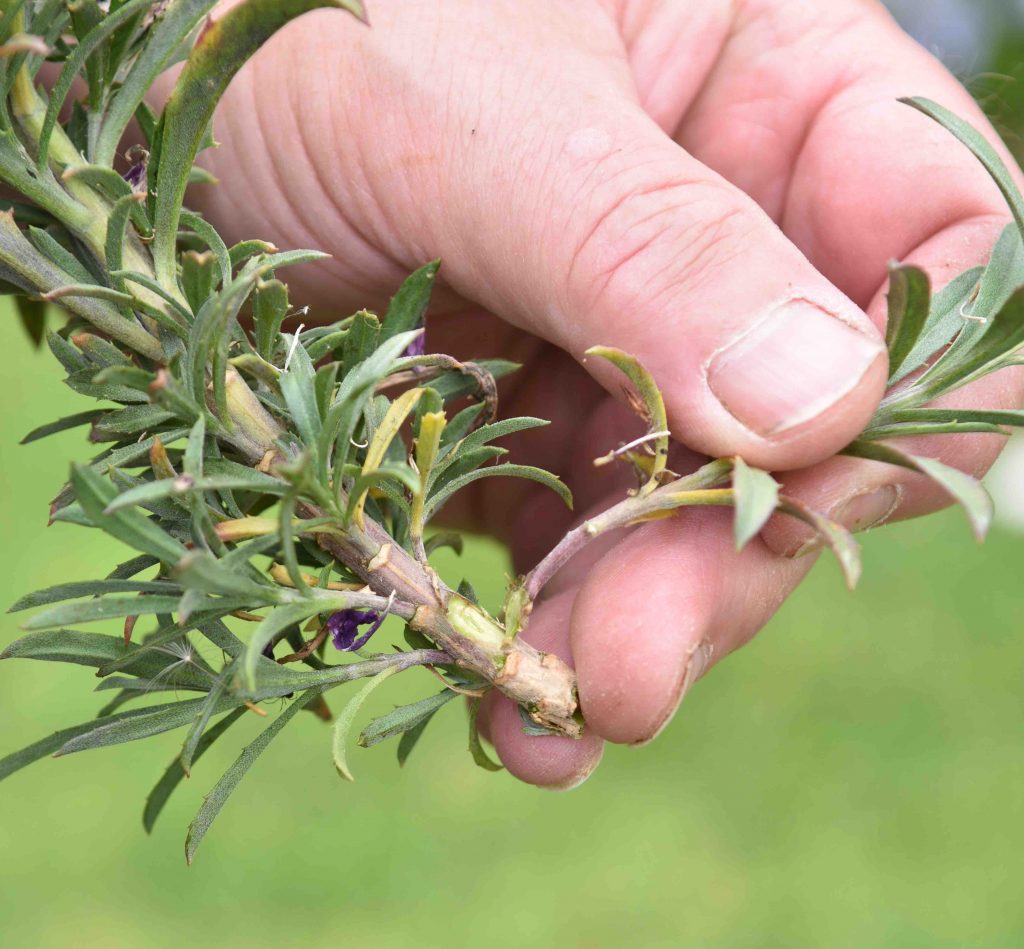
The recent hot weather has made our homes warm too and houseplants may have suffered from dry atmosphere. Regular misting is helpful or you can stand plants together and put them on a tray of moist gravel or Leca.
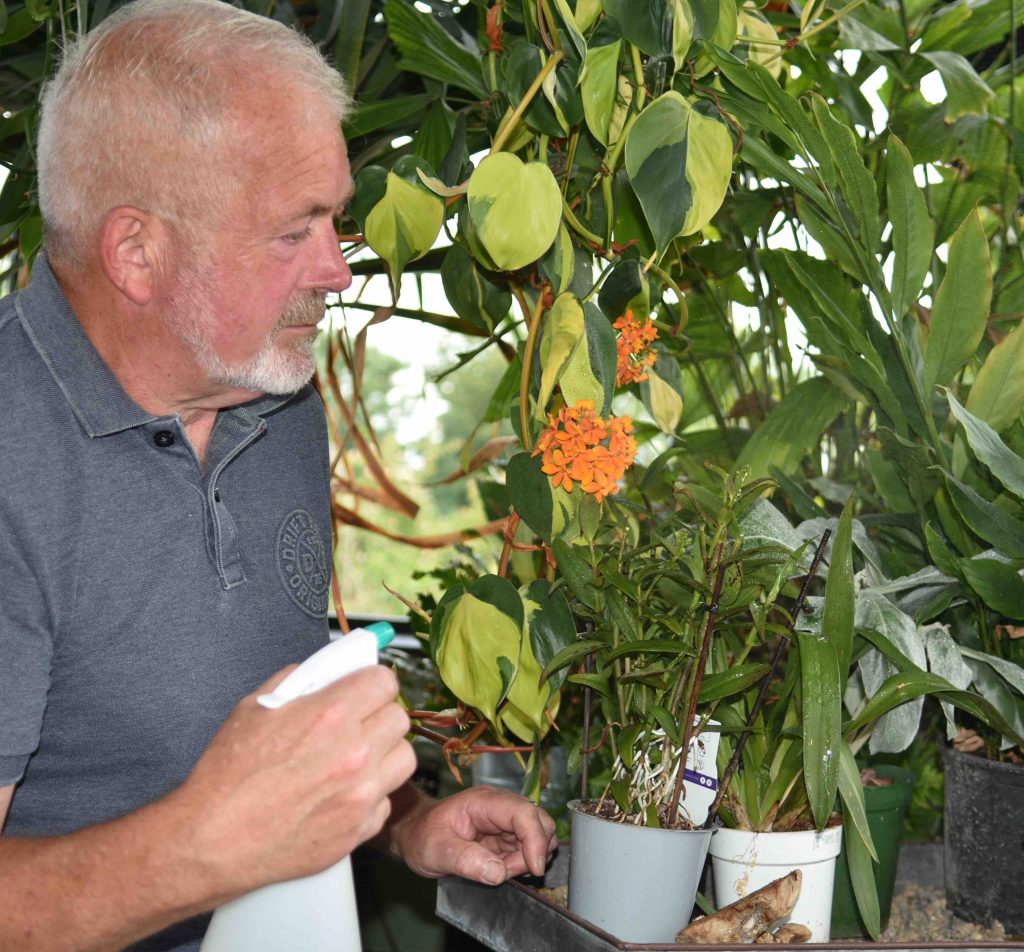
Don’t forget to keep your summer containers watered and fed too. And as flowers fade, be sure to remove dead flowers. This keeps the pots looking neat and tidy but also prevents the plants making seeds which will keep them blooming for longer. In this hot weather you may need to water pots every day – and don’t rely on rain to do the job. And remember to feed your plants in pots every week so they keep growing and blooming.
